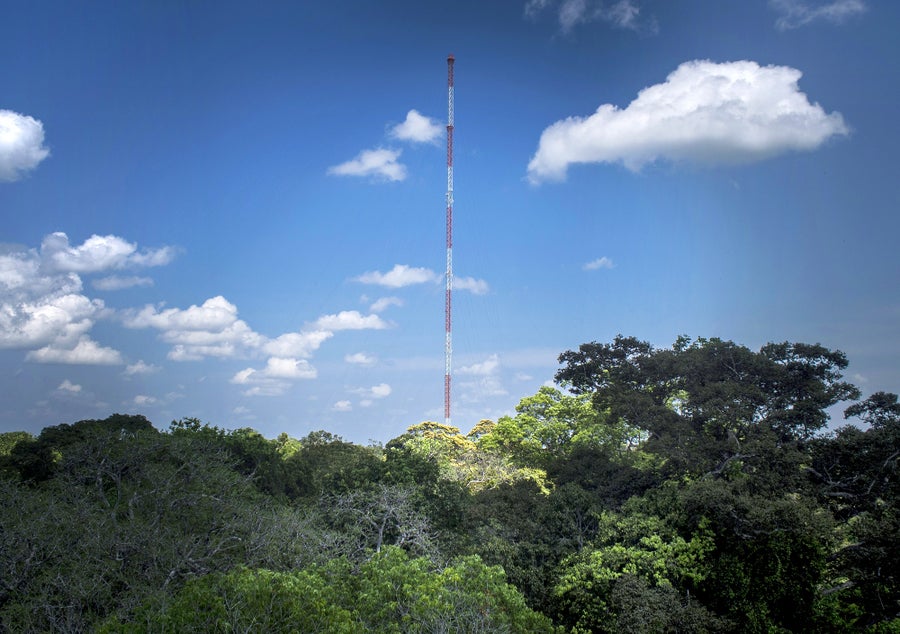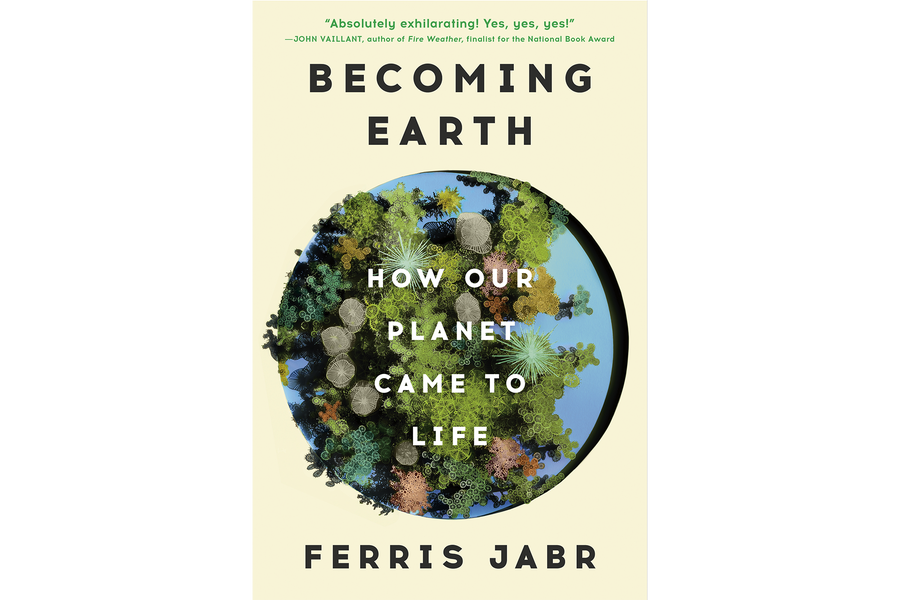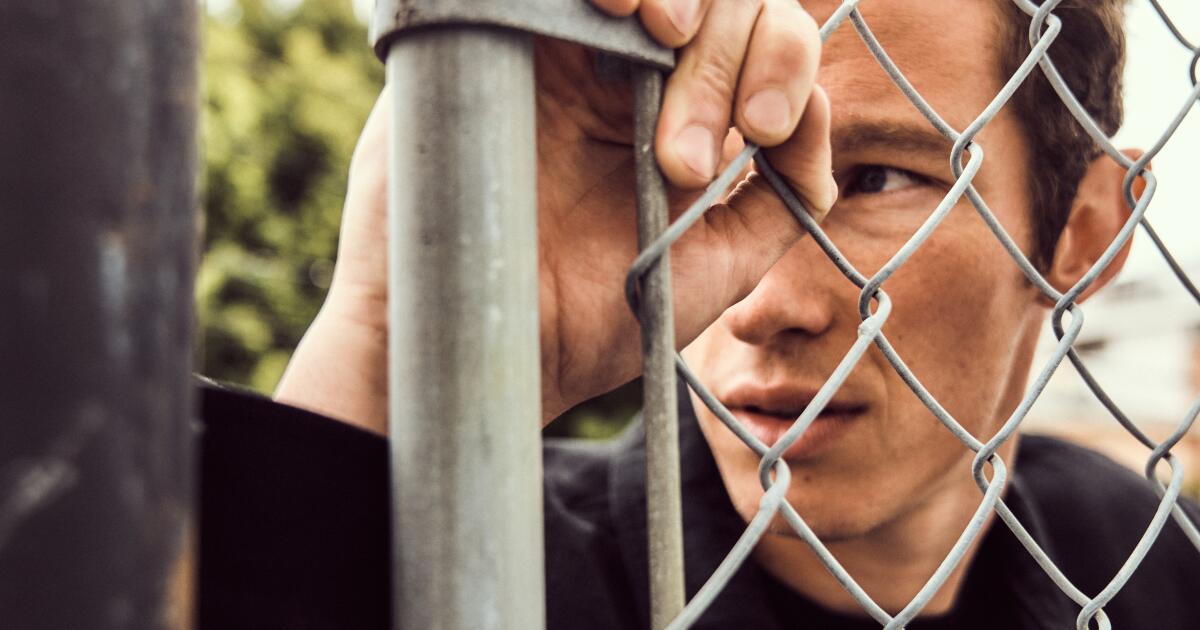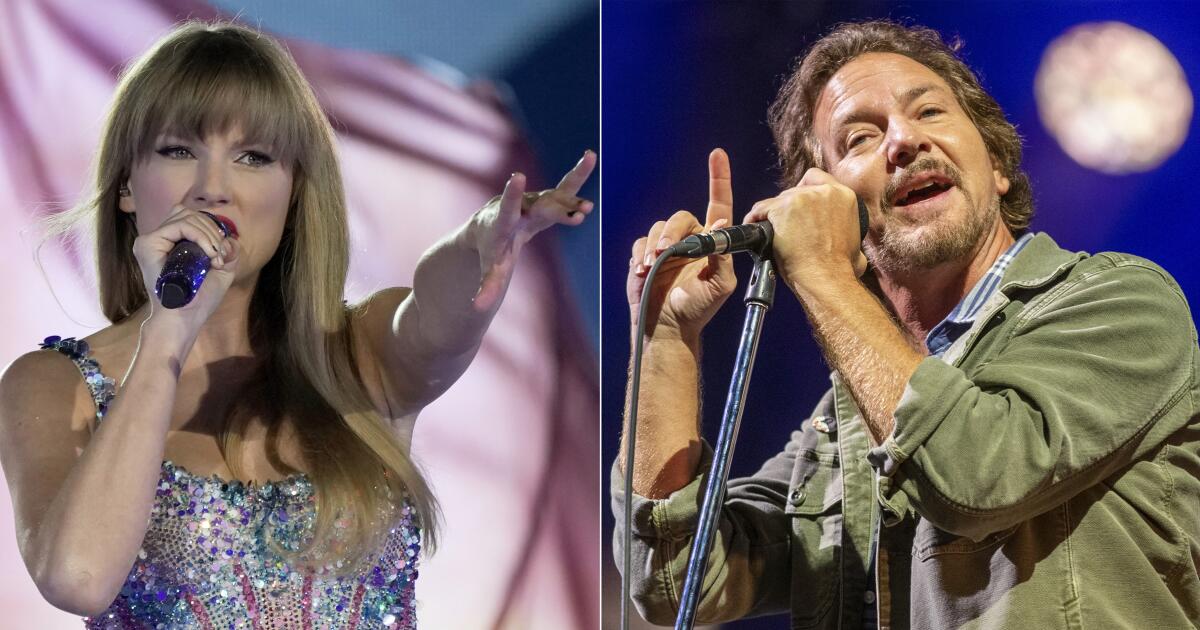According to the Gaia hypothesis, life created Earth—or at least the Earth we know today. This theory, first formulated by chemist James Lovelock in the 1970s, was a hit with the media and the public but wasn’t taken seriously by fellow scientists.
“The scientific community harshly criticized and ridiculed” the Gaia hypothesis, recounts Ferris Jabr, author of the new bookBecoming Earth: How Our Planet Came to Life. That’s because scientists at the time tended to think of evolution as a one-way street; they thought that while the planet’s environment shaped life, life did not meaningfully shape its environment. Yet we know now that life left an indelible mark on the planet. The very air we breathe, for example, would not exist if cyanobacteria hadn’t begun spewing oxygen 2.4 billion years ago. Microbes carve subterranean caverns and transform barren rock into fertile soil. Large herbivores summon grasslands by trampling the ground. Life in the Amazon rainforest summons half of the rain that sustains it, making it a sort of “garden that waters itself,” Jabr writes.
We are now beginning to see that life has transformed its home planet in ways more diverse and wondrous than most of us could imagine. “This gives a sort of new, expansive truth to the trite phrase that we’ve heard over and over—that everything is interconnected,” says Jabr, a contributing editor at Scientific American. “Life is not just something that resides on the planet; it’s an extension of the planet. What we call ‘life’ is the matter of Earth, animated.”
On supporting science journalism
If you’re enjoying this article, consider supporting our award-winning journalism by subscribing. By purchasing a subscription you are helping to ensure the future of impactful stories about the discoveries and ideas shaping our world today.
Scientific American spoke with Jabr about his skyscraping adventures in writing his new book, the incredible ways that life transformed our world and humanity’s responsibility in the face of climate catastrophe.
[An edited transcript of the interview follows.]
What was the first spark of this book?
Learning about the Amazon’s self-generated rain cycle was a huge moment for me. That was back in [journalism] graduate school, around 2010. I was writing a lot about plant behavior and communication and learning how much agency plants have in their environment and in their evolution. And I learned about the Amazon’s self-generated rain cycle. What astonished me was that it was not just about plants pulling water from the soil and moving it to the atmosphere [where it would then rain down]. The process also involved all of these bioaerosols—these tiny biological particles that were derived from plants and fungi and microbes and animals. It’s really the entire forest participating actively in the water cycle and changing weather throughout the continent.
That just made me think of the relationship between Earth and life in a totally different way. I was not used to thinking of life so profoundly transforming its environment and even changing the weather itself. And I wanted to know: What are the other examples of this phenomenon? How else has life dramatically transformed the planet?
There’s a strong sense of awe running through the whole book. Was there anything you learned in your research that left you particularly awestruck?
I remember learning that if you take a piece of chalk from the White Cliffs of Dover [on the coast of England] and look at it under a powerful microscope, you’ll see these tiny, bonelike pegs arranged in little archways. And that’s because the White Cliffs of Dover are made of the compacted remains of ancient single-celled ocean plankton that encased themselves in an intricate chalky exoskeleton. Most of the major chalk formations on the planet are made of the remains of tiny, ancient life—and therefore all the monuments we’ve ever made with limestone are made of plankton and other ancient sea creatures. That just really blew my mind. What I had previously seen as just huge pieces of rock were actually made by and of life. For me, that was very illustrative of this reciprocity of geology and biology, of earth and life.
You got to see some of that reciprocity up close in your travels and even got to climb a very tall tower to see the Amazon rainforest make its own rain. Can you tell me about that experience?
I learned about the Amazon Tall Tower Observatory [in Brazil] early on in my research, but I had to wait more than two years to get there because of the pandemic. And when I finally got there, I was standing at the bottom of this tower [in the middle of the rainforest] and looking up, and I was like, “Huh, I don’t know if I’m actually ready to climb this thing.” If you climb the Eiffel Tower, which is approximately the same height [at about 1,000 feet], it is wrapped in safety barriers. But this tower in the forest is as bare-bones as it can possibly be; there are huge gaps that your whole body could fit through. I was prepared to be very scared, but I found it exhilarating to see the forest from so many different levels. You get to the very top and you really feel the wind. It’s just so incredible. I’ve never seen the Amazon from that perspective before, even from a plane.

The 1,066-foot-high Amazon Tall Tower Observatory (ATTO) in the Amazon rainforest of Brazil.
Raphael Alves/AFP via Getty Images
At that point in my research, I now understood so much more than I had in the very beginning. And I could see the clouds and the blue sky, the soil and plant life below me, and the rain that was about to come down. This was all made by life or a product of life in some way. I already felt so much reverence for nature and for our living world, but this [reporting process] really amplified that for me because I just hadn’t realized how thoroughly intertwined biology is in the planet’s structure and chemistry and all of its geological processes. What I previously saw as pure geology or pure meteorology, I now see as infused with life. And wherever it is infused with life, it becomes all the more wondrous.
You mentioned reverence, and there’s almost a spirituality to this idea of all living things being one. It seems like that’s part of why Lovelock’s Gaia hypothesis was laughed off by scientists. Why do you think science is now starting to embrace this?
In the decades since, a huge amount of evidence has shown that some of the core tenets of what Lovelock was saying are indeed true. His initial insight was that wherever life emerges, it inevitably transforms its home planet. When Lovelock was working for NASA to help find life on other planets, he realized that you should just look at the atmospheric chemistry of other planets because if there’s life there, it has probably changed that chemistry dramatically. The idea that wherever life emerges, it transforms Earth—that is now universally accepted within science because we have so much more evidence than he had back then. We understand much better how life oxygenated the planet; how life was involved in the water cycle; how life made fire possible; how life was involved in geology and made new mineral species possible; and how soil came from life.
It’s not that the planet simply has a layer of life on it; it’s that life and Earth are continually changing each other through a single process. Claiming that Earth itself is alive remains provocative and controversial, and yet I have found scientists ranging from astrobiologists to paleontologists to atmospheric chemists who completely embrace the notion of a living planet now or are increasingly open to that perspective. These ideas have really come to the forefront now, and I think we’re going see it emphasized a lot in the very near future.
It seems like wherever Earth and life have found an equilibrium, we humans have found a way to tip that out of balance. How have you come to think about our species’ impact on the planet?
I don’t want to make too strong of an analogy between ecosystems and organisms, but sometimes I think of the immune system when I’m thinking about this. The immune system, on a day-to-day basis, does an incredible job of protecting us from threats that we’re not even aware of. But it goes wrong all the time, [such as with] autoimmune disorders and allergies. You change the wrong variable in the right way and it can turn on you.
There’s an analogous thing that happens with the Earth system. If you perturb it in the wrong way or to too great an extent, the whole thing starts to fall apart. But that’s happened so many times throughout Earth’s history, and every single time, Earth has not only recovered but has also arguably become more complex and diverse than it was before. Earth has this astonishing ability to endure these catastrophes, pull back to its fundamentals and then reflourish over time. I take a lot of solace in that.
Unfortunately, as a species and as a civilization, we cannot depend on these super long-term processes [to save us]. The living planet is probably going to be okay regardless of what we do—millions of years from now, it will recover. But we, or our way of life, may not survive if we allow it to go too far. That is exactly why we have to intervene as rapidly as possible.
You made an observation that really struck me in the book—that we are only coming to understand the complexity and interconnectedness of the living Earth system as we’re on the verge of destroying it. How you think about where that leaves us and our responsibility?
I think the Anthropocene has underscored for us what is truly vital and essential in this world. Anything we do as living creatures influences our environment, and then that loops back to influence us directly. In contrast to many nonhuman life-forms, which have gradually co-evolved these rhythms that tend to stabilize the planet, we’ve done the opposite and, in a geological blink, have massively perturbed those rhythms. I think that clarifies for us exactly what our responsibility is, compared with all other life-forms. We may all be part of the system and participating in it, but as far as we know, only we are consciously aware of the system as a whole. We’re the only ones building supercomputers that can model the entire Earth system and debating what to do about climate change.
There’s something empowering about this framework. Whereas most species are stuck to the very slow process of evolutionary change, we humans can consciously choose in the moment to change what we are doing. We have both this privilege and responsibility, not just to each other and to other life-forms but to the larger living system of which we are a part. That’s something we’re seeing with this increasing movement of personhood rights for nature: for ecosystems, for mountains, and for rivers and forests. We have to recognize that this moral responsibility extends to our environments as well, not just to living things and certainly not just to our species.















